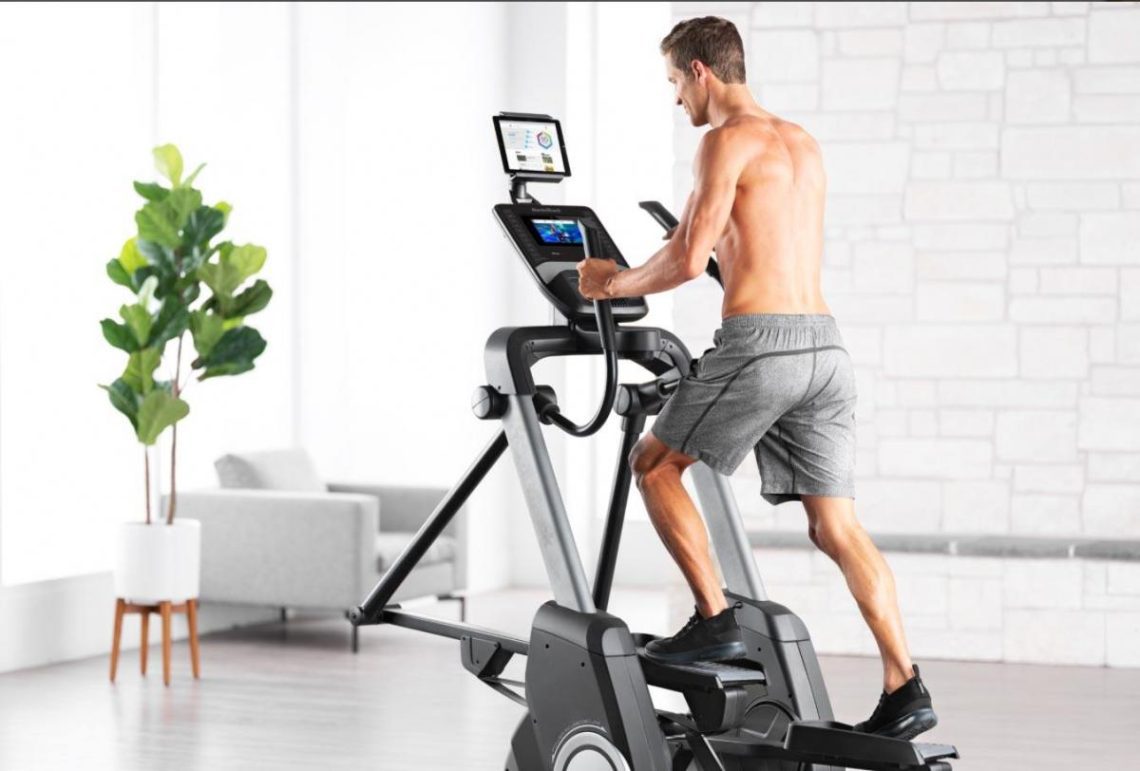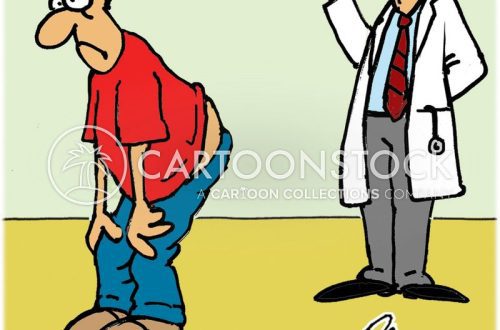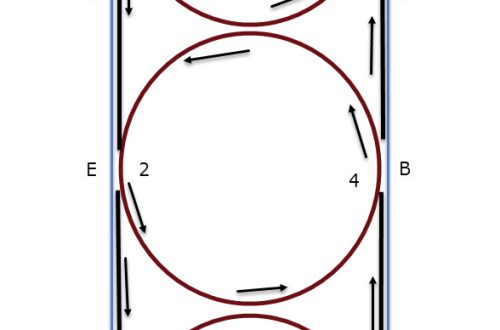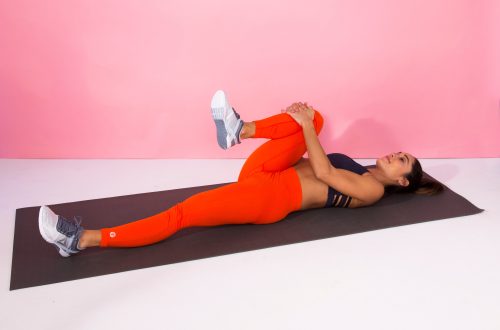
Looking for the perfect free stride
Looking for the perfect free stride
One of the most important tasks of a trainer and instructor is to teach the rider to truly “ride” the walk. I hope you train your horse all the time you are in the saddle, whether you are walking, doing school moves or riding in the field. You can use the step before work, during breaks, or at the end of your workout to relax. But, if you let your horse walk badly—with lack of momentum, wrong rhythm, sagging back, not chasing after the snaffle—how does he know you need a good free stride while riding in a tournament? Riding with the correct stride, even during breaks or walks in the field, will help you maintain consistency in training and strengthen your horse physically.
Carl Hester and Nip Tuck show a wonderful free step.
free step
The ideal free stride is a gait with four distinct beats, a good level of energy, a spade (when the hind foot oversteps the trail of the front foot), the horse should reach forward and down, and the topline should be rounded.
Horses need a significant amount of free striding during training so that their muscles can relax.
The most important characteristic of any training is consistency. While you are walking, your standards should not change.
Ask yourself:
If you can answer yes to all of these questions, then your horse will feel good when you pick up the reins and get back to work. If not, then at this point she may be behind the legs, not connected, you will feel that she is enslaved, and her back sags and is clamped. The horse is not to blame for this – the rider himself allowed these traits to manifest during the break.
Free striding strengthens the horse and makes it stronger. Think about which walk would bring more benefit to you? When you actively walk forward, do you have your chin up, your arms working, your shoulders deployed, your legs lifted, or are you trudging along with your head down, hunched over, barely dragging your feet? For a horse that needs to improve its fitness, free striding is the most important thing to focus on. Riding with a super-free stride (especially if you can do it off the arena, up and down the rough terrain) allows you to build muscle without stressing the joints and soft tissues.
Riding step
When a horse walks freely with good momentum, taking long strides and stretching well, he is putting a lot of use on his back and neck. The rider must follow her movements in order to keep up.
“Accompany the movement” means that your body will have to follow the movement of the entire body of the horse. When I talk specifically about “accompanying” I mean the shoulders, elbows, forearms and hands of the rider.
Most riders know that their hips must move with the horse, following the movement of the horse’s back, so that they don’t stiffen and therefore stiffen the horse’s back. The leg should follow the horse’s chest.
However, I often observe a rider being told to calm his arms and in response, he completely stops any movement of his arms. On the walk, especially on a good free walk, the horse should relax the neck forward and down. If the rider does not follow this swing, the horse will not freely use his topline.
Proper follow-up by the rider teaches the horse that he can use his neck, resulting in more use of his back. She must be able to walk with her whole body. On the contrary, a rider who does not accompany the movement forces the horse to hold his head and neck still, holds and enslaves his back as well, shortening his stride or sometimes even breaking the four-beat rhythm.
At the walk, the rider’s hands should move forward as the horse’s mouth moves forward and down, but only as much as the horse requires to maintain constant contact. The arms return to a neutral position as the horse’s mouth returns and rises. This is different from how the rider’s hips move. Movement is like rowing. Hands go forward when the hips come back, hands come back when the hips go forward.
The rider’s pelvis should follow the movement of the horse, but I always encourage people not to force that movement. Riders must not push the horse with their sitting bones while walking. If you try to press your pelvis to step bоbig, the horse in most cases will drop his back down and slow down. Instead, focus on getting your arms and pelvis moving enough. As soon as the rider stops accompanying the movement, the pelvis usually freezes.
Find your free step
First of all, make sure you follow the movement of the step. Ask someone to walk with the horse when you close your eyes. Imagine how you felt when you rode a horse for the first time. I ask the student to completely relax and feel like boiled noodles. Many people will automatically follow the horse’s mouth with their hands from the very beginning unless they are told to “sit still”. Exaggerate your movements. Think of an antique washboard and move your arms in a larger range. Then relax your hands a little. Often riders think that they are accompanying much more than they really are.
A common mistake is to walk freely with insufficient energy. I ask the rider to give the horse all the reins (assuming it’s safe to do so) and extend the stride until they find the limit to how much stride their horse can give them. This may mean that the horse will trot (take a couple of beats). No problem! Calmly return the horse to a walk using your voice and seat, and then ask him to move forward again. To create a longer stride, I use my leg, voice and, if necessary, a whip. Again, don’t push the horse with your seat!
The more energy the horse has in the walk, the more he will be ready to stretch. The more it stretches, the wider you can step.
When the rider can remain in elastic contact with the horse’s mouth, he will be ready to use that contact to influence his horse. Just as a young horse must learn to simply accept contact before it learns to yield to it, the rider must first learn to simply find contact at all times before he can influence the horse through that contact. If the rider learns to ride by properly following the horse’s mouth with his hands, the horse will become more responsive to the aids. Thus, a horse that is waiting for a follower hand will be very sensitive to the moment the hand stops following the mouth to ask for a half halt that shifts the horse’s balance.
One of the most important half-halts is the transition from a free walk on a long rein to a medium walk, where we ask the horse to close the frame and let his hindquarters drop a little in preparation for the transition. This transition from free to medium walk is difficult for many horses—they either anticipate the upcoming transition and consider it a transition to a trot or canter, stiffen their back, or lose energy and become pinched in the top line.
When the rider picks up the short rein for the middle stride, the forward leg is ready to ask the horse to keep the energy and activity of the free stride. The rider’s core is then tightened and the hands closed to rebalance the horse or shift the weight back slightly. This moment, when the rider’s hand does not follow the mouth, causes the horse to shorten from hind to forehand and move uphill, instead of going down on the forehand. Once the half-halt has passed through the horse’s body and he has responded by shifting his balance back, the rider again follows the horse elastically in this new more uphill contact.
Practice transitions from free to medium and vice versa. It seems that it is very simple, but in reality it is not so at all! If the rider can transition from passively following the horse and affecting his balance, the horse will be ready for a good transition into a trot or canter. She will listen to her rider.
Eliza S. Romm (source); translation Valeria Smirnova.





